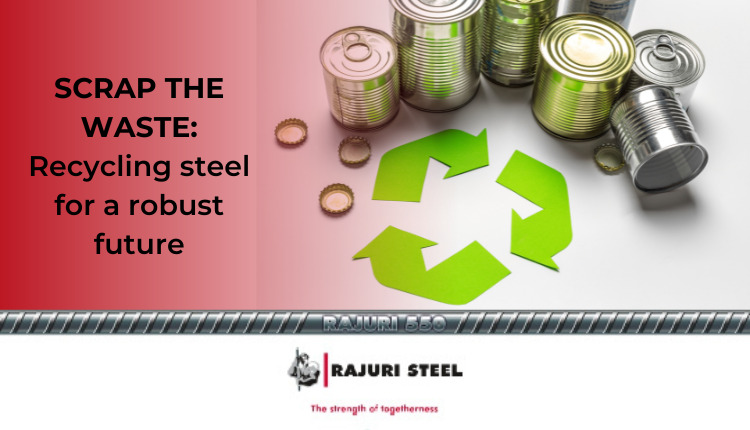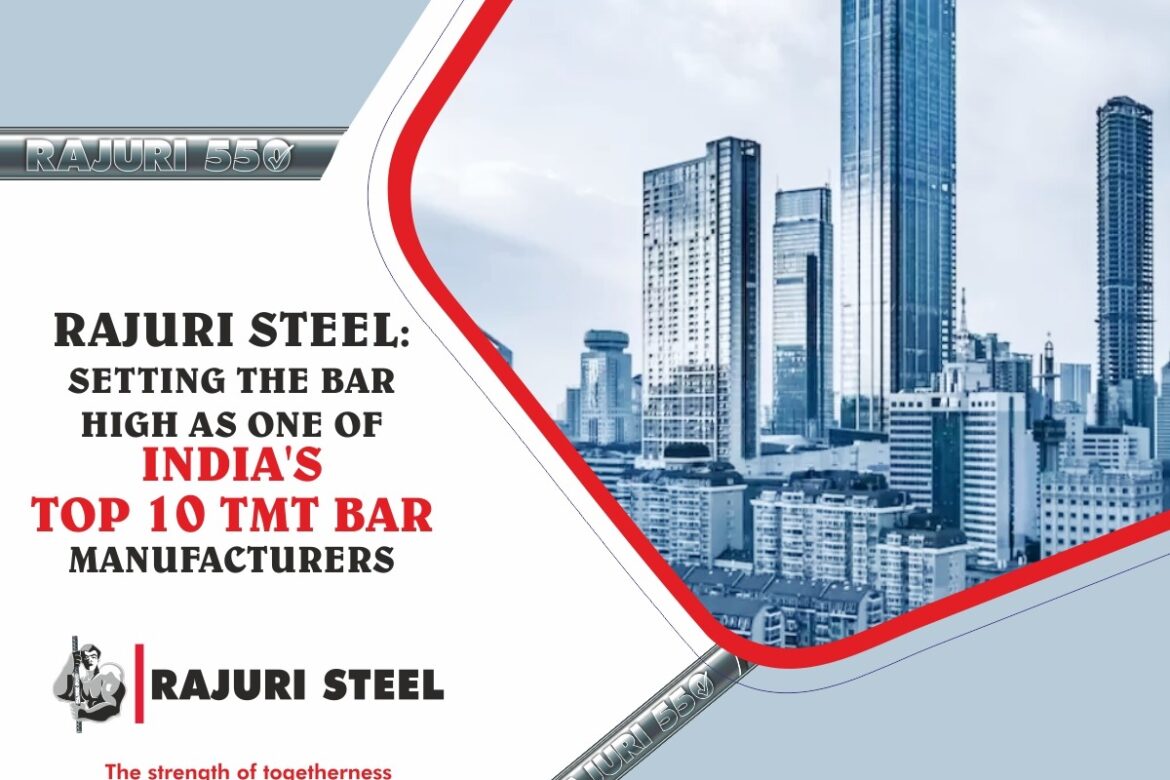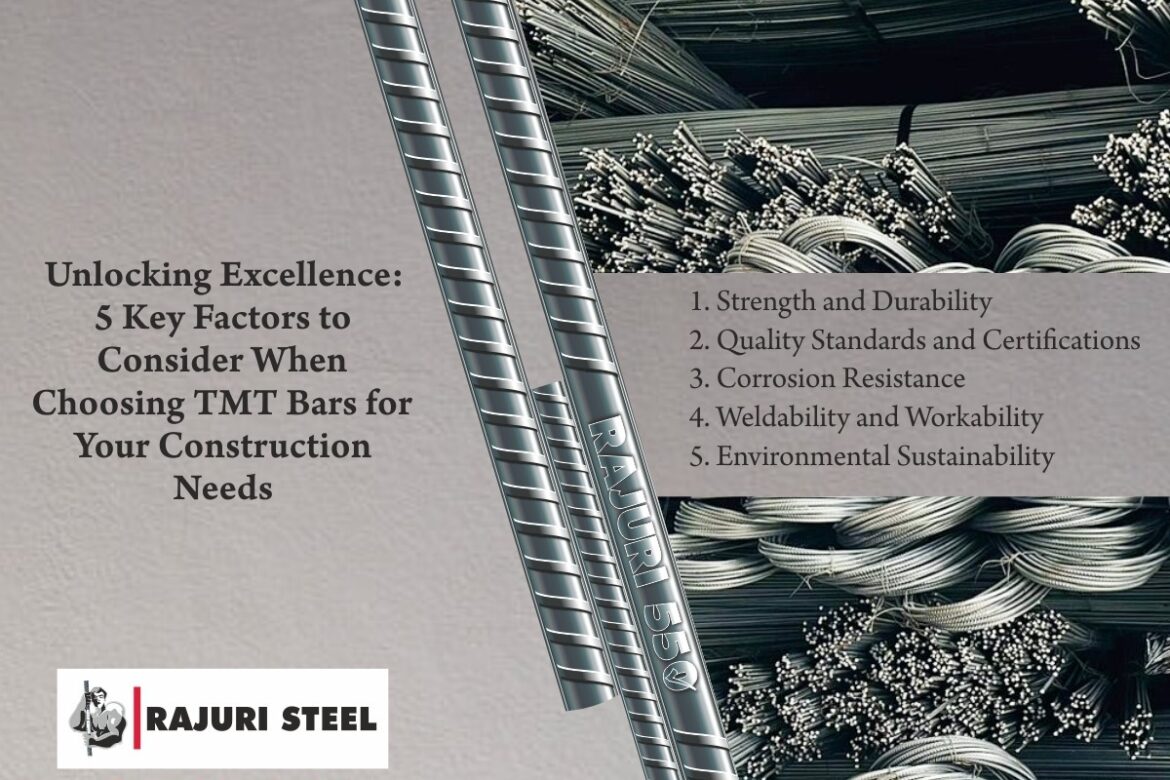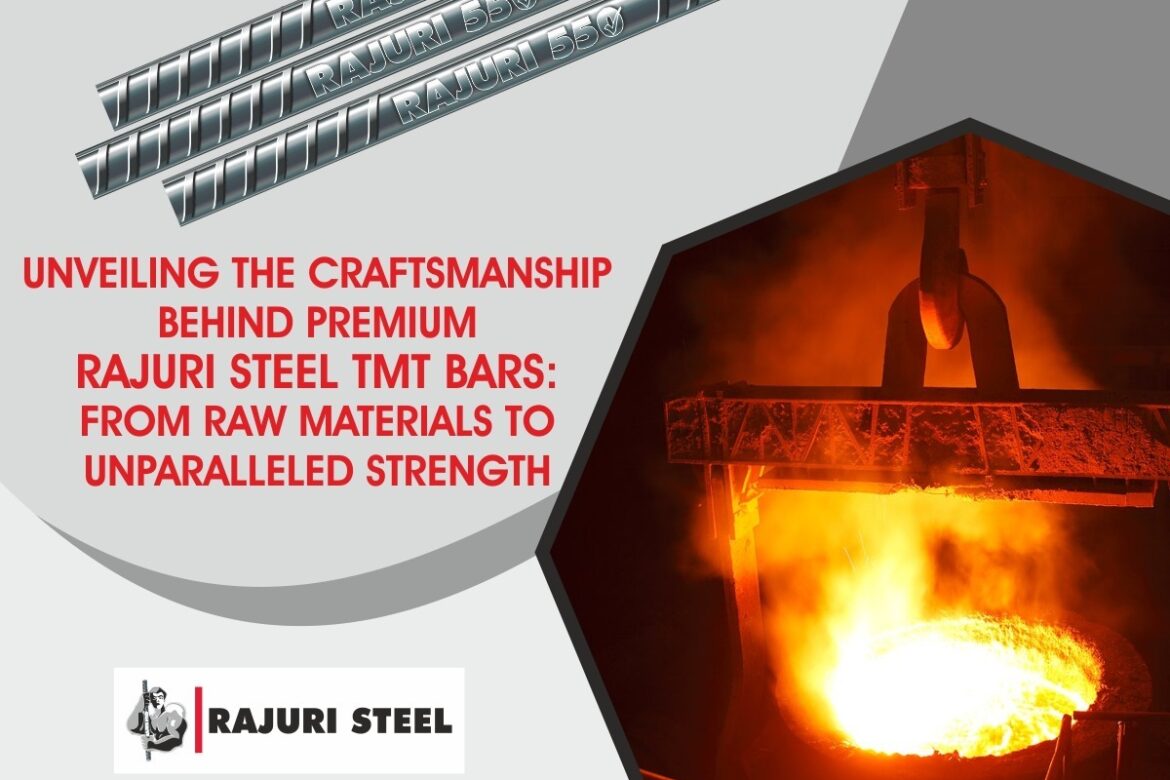Climate change has been a hot global topic for the past few years, calling to attention the need for policies and actions that will reverse and prevent environmental damage. Resource efficiency, recycling, and a circular economy have become the catchphrases for achieving sustainable development that will halt climate change.
Steel scrap and sustainability
Steel is one of the world’s most recyclable materials; it can be used and reused an infinite number of times. Steel scrap is obtained from steelworks, old vehicle bodies, ship containers, buildings, and a host of consumer items. Although most steel in the world is produced using iron ore as the primary raw material, steel scrap is increasingly being used as the secondary raw material for steel production using the EAF method.
Steel scrap recycling is cheaper, and producing steel with scrap reduces water and energy consumption and greenhouse gas emission by big margins, compared to the traditional method. It is estimated that 1 ton of scrap used saves 1 ton of iron ore, 630 kg of coking coal, and 55 kg of limestone. In India, research has shown that recycling steel scrap reduces air and water pollution by 86% and 76% respectively.
In countries like Spain, Italy, Mexico, the US, and the Middle East, more than 60-80% of all steel is secondary steel produced using the EAF method. India is the world’s second-largest steel producer, and its growth gives a big boost to steel scrap recycling as well.
Enabling a robust scrap industry
The government of India is introducing several measures to regulate, organize, and promote steel scrap recycling and use:
- The National Steel Policy 2017 lays down 300 million TPA steel production capacity in India by 2030, with the EAF method contributing 35-40%. To achieve this target, the availability of high-quality scrap steel is critical.
- In 2019, the Ministry of Steel laid down a Steel Scrap Recycling Policy for the safe and environment-friendly processing and recycling of steel scrap.
- In 2021, the Ministry of Mines laid down the National Non-Ferrous Metal Scrap Recycling Framework to regulate scrap assortment, segregation, and dismantling units with a system for registration and data gathering.
- Cheaper electricity and tax reform related to scrap will greatly promote scrap recycling and resource efficiency.
These policies provide a framework for the scientific processing and utilization of steel scrap to help achieve the following objectives:
– a steady supply of high-quality scrap to the steel industry
– the adoption of the circular economy by the steel sector
– the adoption of the 6 R’s: Reduce, Reuse, Recycle, Recover, Redesign, and Remanufacture, which contribute to environmental protection and sustainability
Conclusion
Worldwide, there’s a rising trend to produce steel using scrap. It is estimated that the global metal recycling market will grow at a CAGR of 5.85% from 2022 to 2030, reaching US$384 billion. However, only 30% of India’s steel scrap is recycled, and the rate for recycling all metals is far below global levels. Greater public awareness of recycling and better policies will go a long way in improving India’s metal recycling profile and contributing to the circular economy.





All Comments:
In a world increasingly aware of the pressing issue of climate change, the call to action for sustainable development has never been more urgent. As global temperatures rise and natural disasters become more frequent, it’s clear that we must adopt innovative approaches to protect our planet for future generations. One of the key strategies to combat climate change is embracing resource efficiency, recycling, and the principles of a circular economy. At the heart of this transformation is the recycling of steel, a vital component of our modern world.